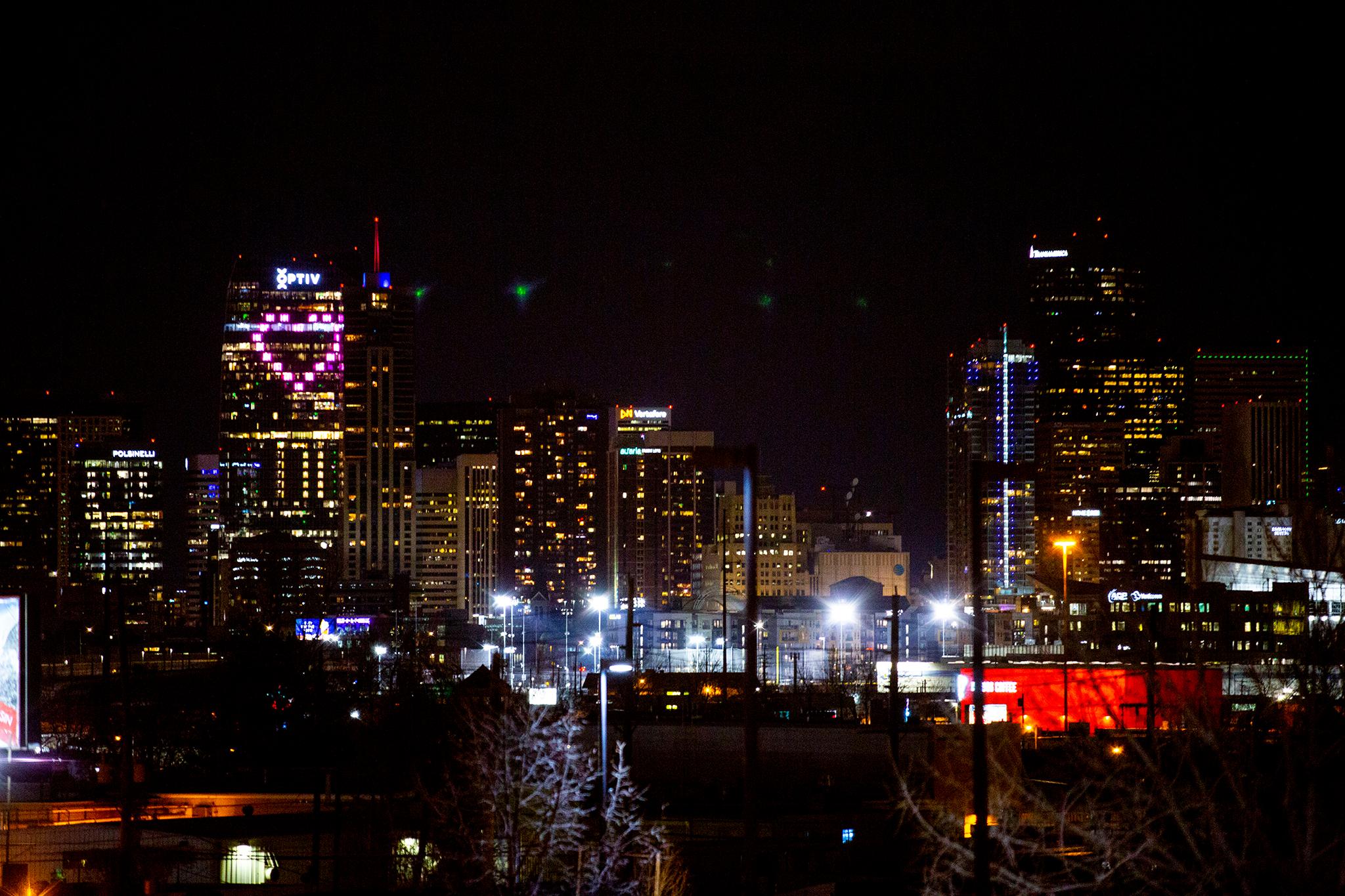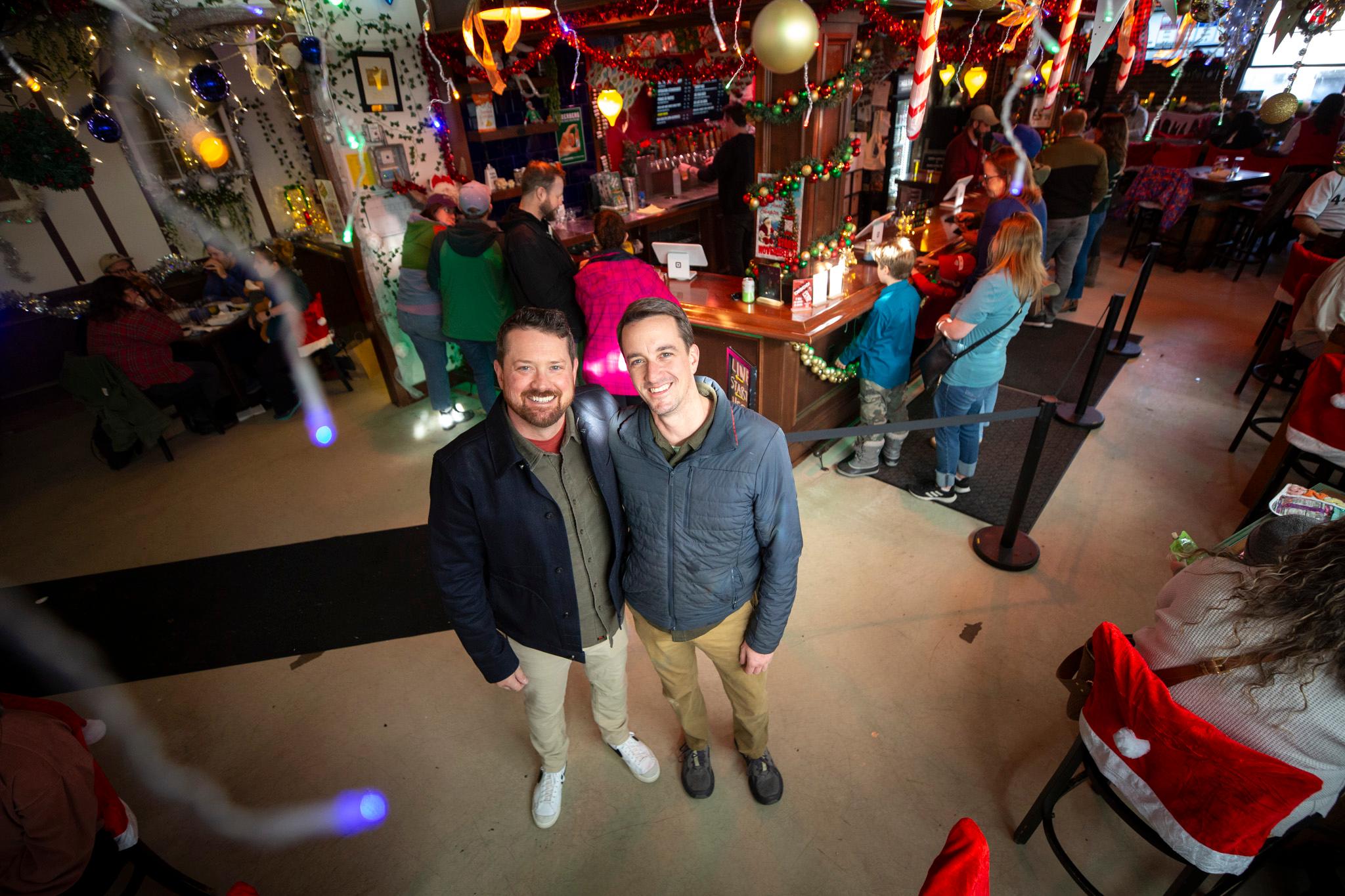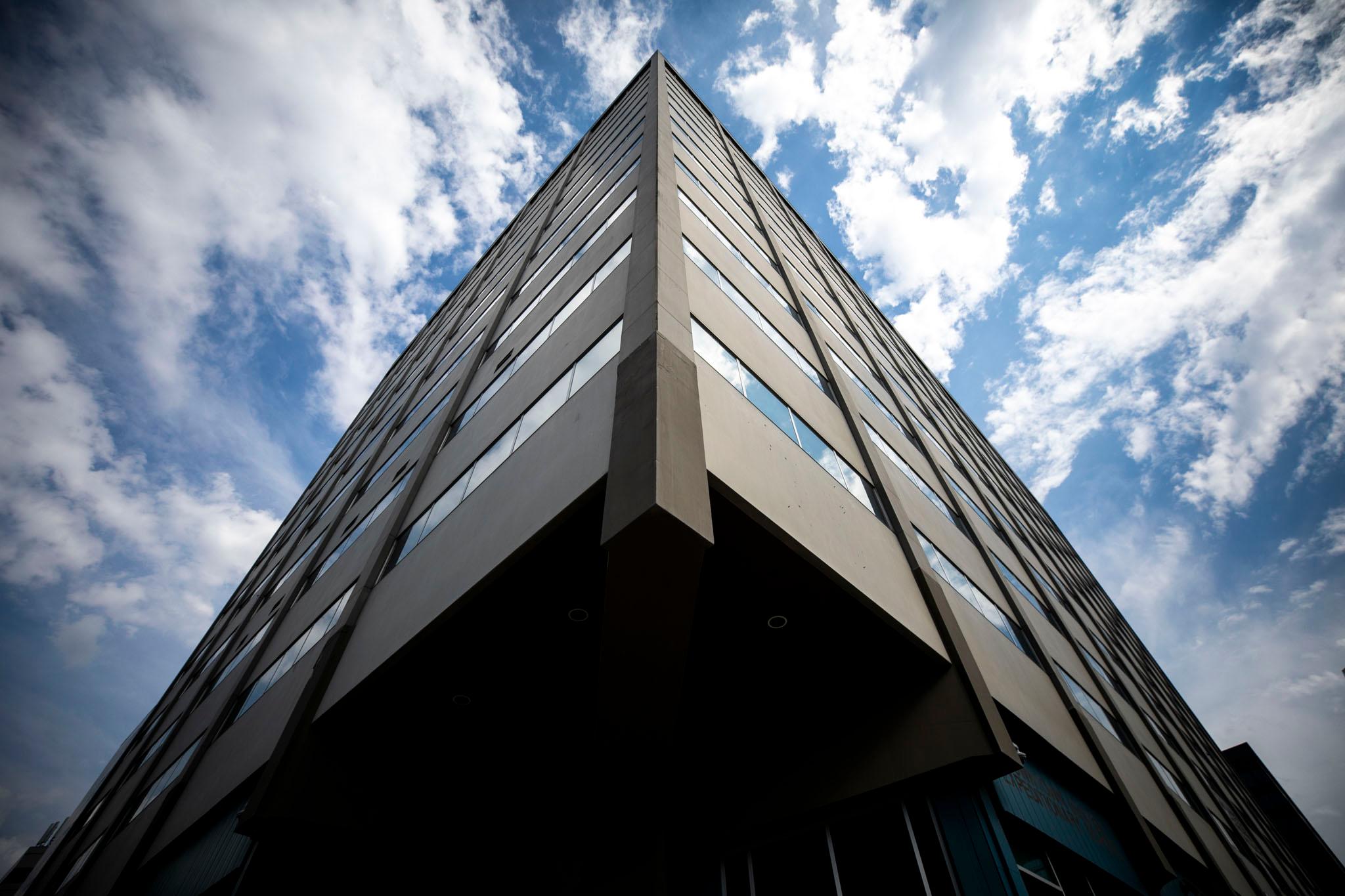The pandemic was a major setback for the arts economy in metro Denver. Now, thanks to a new study, we know just how devastating it was.
The Colorado Business Committee for the Arts (CBCA) has released its 2021 Economic Activity Study of Metro Denver Culture. For the last 28 years, the CBCA has been releasing annual reports on the arts' economic impact within Adams, Arapahoe, Boulder, Broomfield, Denver, Douglas and Jefferson counties, but this year was different. The group opted to present data from both 2019 and 2020 in one joint report, demonstrating the dramatic rise and fall between the years.
"Arts, culture and scientific organizations are the backbone of a vibrant, resilient and inclusive society," Christin Crampton Day, executive director of CBCA, said in a press release. "CBCA's 2021 Economic Activity Study of Metro Denver Culture illustrates years of record-breaking cultural growth, which hit an all-time high in 2019, and conversely in 2020, how a community responds to drastic and disruptive circumstances."
Over the last two years, CBCA tracked the arts economy from 2019 to 2020 using self-reported data from the almost 300 Colorado arts and culture organizations publicly funded by the Scientific and Cultural Facilities District (SCFD).
They opted to remove data from virtual attendance, saying the challenges of monetizing virtual programs and encouraging economic activity online made it impossible for CBCA to use the same economic multipliers used for in-person events.
The report examines metrics in six categories:
- Economic activity, which includes audience spending, operating costs like rent and supplies, and capitol spending on renovations and facilities
- Economic impact, or new money entering the region via federal grants, capital expenditure and cultural tourism
- Jobs
- Attendance
- Giving to the Arts
- Education Outreach, such as classes, school activities and field trips
Data showed that in 2019, the arts and culture sector saw growth in all six categories from 2017. It broke records for economic activity ($2.3 billion) as well as number of jobs in the arts and culture sector. Economic impact ($860 million) increased 272 percent from 2017, and arts attendance was the second highest on record (the highest was in 2007, right before the Great Recession). The data for 2019 was consistent with a pattern of growth that began after the 2008 recession.
In 2020, the pandemic forced closures, layoffs, furloughs, reduced capacity and other measures to mitigate cost and prevent the spread of the pandemic. The report shows that in that year, the arts economy lost a decade of growth, with jobs and attendance returning to levels from the 2008 Recession or lower.
In 2020, the economic impact of the arts and culture industry was $435 million, a 49 percent decrease from 2019, caused by decreases in cultural tourism and capital expenditures. Economic activity also decreased dramatically, from $2.3 billion to $1.5 billion, a 34 percent decrease caused largely by a 45 percent drop in attendance. Conversely, operating expenses only decreased 16 percent as organizations found new and creative ways to create programming during the pandemic.
The number of jobs in arts and culture decreased from 13,392 in 2019 to 9,688 in 2020, suggesting that about 28 percent of the arts and culture industry workers lost jobs. About 49 percent fewer people attended arts and culture events in 2020 (8 million) than in 2019 (15 million). Education outreach also decreased by about 46 percent.
The only category that improved from 2019 to 2020 was giving to the arts. Philanthropy and public support increased 5.5% during the pandemic, as people rallied to help support groups that had lost their sources of revenue. The most significant contributions came from government grants, which increased 420 percent in 2020, and individual donations, which increased 14 percent.
"One bright spot of the 2020 data reported was that philanthropy and giving to arts and culture in the metro region is up, which provides hope and critical funding needed for the ongoing economic recovery of the nonprofit arts sector," Crampton Day said. "This report will be a vital advocacy tool to ensure arts and culture endure so we can build back stronger."
Despite the economic challenges of 2020, SCFD also continued to fund the arts, cultural and science organizations included in the study. SCFD funding decreased just 1% in 2020, following a record breaking year of funding in 2019.
The money spent by cultural organizations and audience members has a ripple effect across the region and the state.
At the report's release event on Thursday, Rep. Leslie Herod noted that, per the study, the average spending per person attending an arts event, in addition to admission, is $23.
"We all know that arts and culture are vital to our personal well being and community vitality, but they're also important economic driver for our region," Herod said. "Arts and culture and scientific organizations fuel the region's economy by generating vital economic activity, and together we can get that engine pumping again, People are craving the arts. People are craving to be together. People are showing up in droves. Welcome them in with open arms, and we will do everything that we can to support you."
CBCA's report indicates Denver's economy suffered as a result of COVID's impact on arts organizations. It also suggests that local arts organizations have a lot of work ahead of them, and will continue to need support to make up for economic losses as they face the challenges of reopening during the pandemic.
You can read the full report online.














